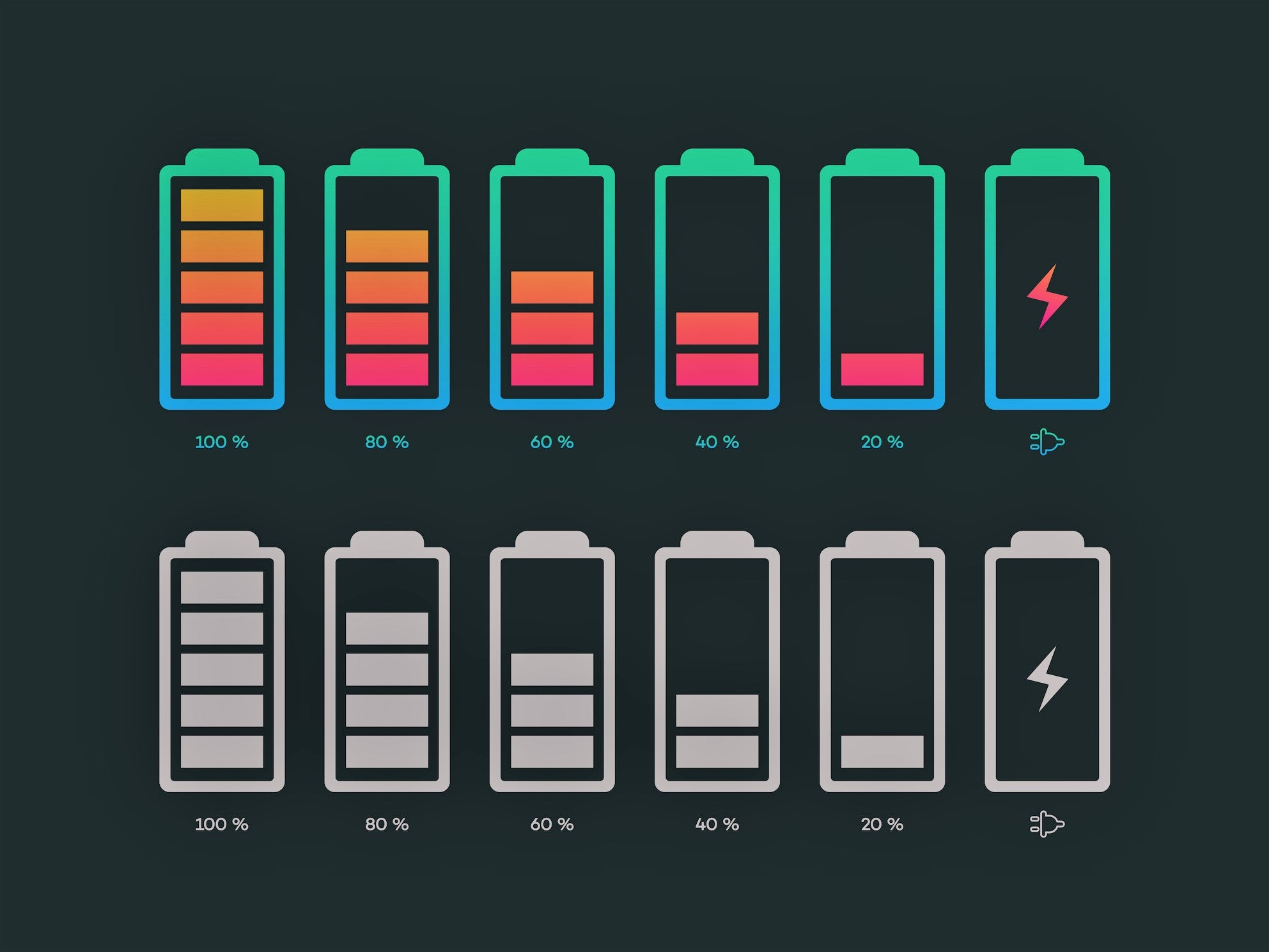Battery breakthrough may offer key to five-minute smartphone charge
Low cost technique offers ‘huge change in technology’ for lithium-ion batteries

A major advancement in battery research could enable smartphones and laptops to charge in as little as five minutes.
A team from the University of Cambridge developed a low-cost technique to look inside lithium-ion batteries in a way that was not possible until now.
The method, published in the journal Nature on Wednesday, allows researchers to identify the “speed limits” for charging cycles within batteries and then figure out ways to maximise their potential.
“We found that there are different speed limits for lithium-ion batteries, depending on whether it’s charging or discharging,” said Dr Ashkay Rao from Cambridge’s Cavendish Laboratory, who led the research.
“When charging, the speed depends on how fast the lithium ions can pass through the particles of active material. When discharging, the speed depends on how fast the ions are inserted at the edges. If we can control these two mechanisms, it would enable lithium-ion batteries to charge much faster.”
Lithium-ion batteries are found in everything from portable electronics to electric vehicles, though several limiting factors remain in place that are slowing down the transition to a fossil fuel-free world. Slow charge times and low energy density compared to alternatives like petrol can frustrate users, while simply increasing the energy transfer can cause them to overheat or explode.
To overcome these issues and maximize the potential of lithium-ion batteries, the Cambridge researchers developed an optical microscopy technique called interferometric scattering. This allowed them to observe the phase transitions in the charge-discharge cycle and understand just how fast it might be possible to perform it.
Previous ways to observe the inner workings of lithium-ion batteries involved expensive and time-consuming techniques like synchrotron X-ray or electron microscopy.
“This lab-based technique we’ve developed offers a huge change in technology speed so that we can keep up with the fast-moving inner workings of a battery,” said co-author Dr Christoph Schnedermann from the Cavendish Laboratory.
“The fact that we can actually see these phase boundaries changing in real time was really surprising. This technique could be an important piece of the puzzle in the development of next-generation batteries.”
The headline on this article was amended on 7 July 2021. It originally read: ‘Battery breakthrough smashes smartphone ‘speed limit’ for five-minute charge’, but that was not the case. It is a development that may help to enable very short charging periods in future.
Join our commenting forum
Join thought-provoking conversations, follow other Independent readers and see their replies
Comments

Bookmark popover
Removed from bookmarks